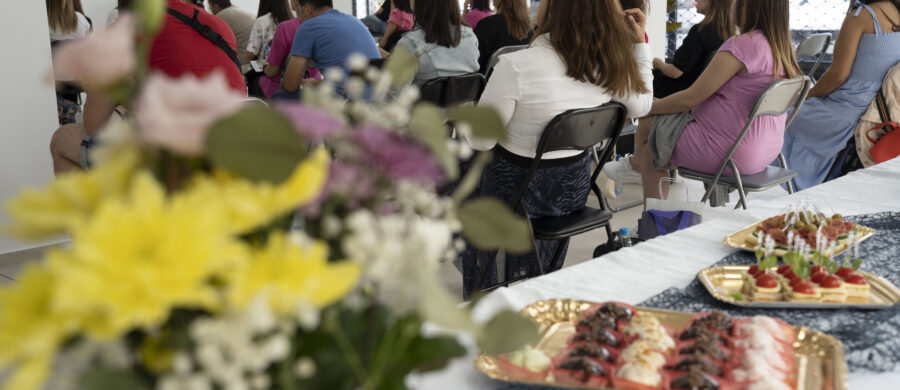It is believed that the beginning of stem cells research was established in the 1960s by Canadian scientists Ernest McCulloch and James Till.
Simply said, they are unique in their ability to divide, multiply, replace damaged cells and become cells characteristic of different tissues.
Sources of stem cells are bone marrow, the circulation, or blood taken from the umbilical cord after birth. Their formation begins in the very initial phase of embryo development – at the age of 3-5 days.
Most often, they are needed for the treatment of certain malignant or genetic diseases that are passed on in the family. Scientific research in the field of stem cells gives many people hope for the treatment of diseases such as Diabetes, Alzheimer’s, Rheumatoid Arthritis, Parkinson’s, Multiple Sclerosis, Cerebral Palsy, Osteoarthritis, etc.
How are they retrieved after birth?
First of all, it is absolutely painless and safe for the baby and the mother. The umbilical cord contains two types of stem cells: hematopoietic, found in the blood of the umbilical cord, and mesenchymal, found in the tissue of the umbilical cord. Usually, both blood and part of the umbilical cord itself are taken immediately after it is cut. The whole procedure happens in the process of birth itself in a special sterile, pre-provided set. After transportation to the relevant laboratory, samples are taken for the presence of sexually transmitted infections such as spina bifida, syphilis, hepatitis, etc. and a sterility test. The number and viability of the isolated cells is determined, and if the results meet the standards, freezing is started. According to some scientists, the term for the storage can be unlimited if the cells are stored under the required conditions.
Types :
- Embryonic stem cells – collected immediately after the birth of the child
- Adult /somatic/ stem cells – found in tissues, such as bone marrow, blood
- Hematopoietic – Generated during embryonic development
- Mesenchymal stem cells – originate from the connective tissue that surrounds the body’s organs.
- Induced pluripotent stem cells – created in a laboratory
Whether another family member can use the stored cord-derived stem cells or a so-called allogeneic transplant can only be determined after tissue-compatible antigen testing is done to determine the degree of genetic proximity that would allow their use.
HOW LONG DO STEM CELLS KEEP?
Generally speaking, the storage period lasts until the onset of disease necessitating treatment by their transplantation. If not used at an earlier stage, the stem cells are stored for a period of 20 years.
After its expiration, the contract with the respective bank can be renewed by the already grown child. If you want guaranteed access to your donated stem cells, you must store them personally in a tissue bank of your choice. The other option for stem cell donation is to the National Public Umbilical Cord Stem Cell Donor Bank. There, the storage is free, but the difference with private tissue banks is that in the public one, the preserved biological material is made available to the people who need it, whether they are donors or those in need.
Source: AptekiZapad











